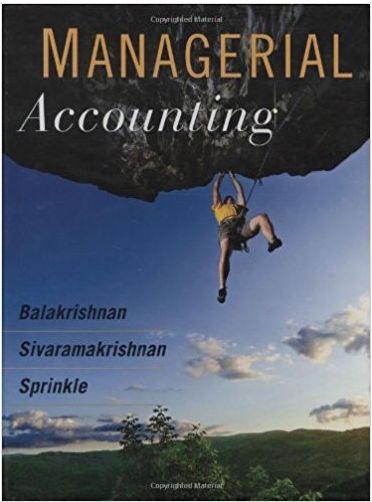Professor Steven K. studies large-group decision making. He collects research data by asking students to perform a
Question:
Professor Steven K. studies large-group decision making. He collects research data by asking students to perform a variety of decision tasks in carefully controlled settings. Professor K varies the decision task across group sessions in a preplanned way so that he can isolate the effect of specific factors, such as the amount of information, on students’ decisions. His current research project calls for a series of six experimental sessions; each session requires exactly 32 students.
Professor K pays students to participate in his experiments. He advertises the experiments in large-enrollment classes, and interested students can sign up for one or more experimental sessions. (While students can sign up for multiple sessions, they can only actually participate in one session.) Using the sign-up sheets, Professor K randomly selects 40 students for participation in a particular experimental session. He then sends an e-mail to the selected students, notifying them of the time and location of the experiment.
Students who receive an e-mail from Professor K and who show up at the appointed time and place receive a $5 show-up fee. Usually, more than 32 students show up (it is rare, however, that all 40 students do). In this case, Professor K randomly selects the 32 who will stay. He dismisses the students not chosen, after giving them their $5 showup fee. While it rarely occurs, Professor K must cancel the session if fewer than 32 students show up (of course, he still pays the $5 show-up fee to the students who came).
Moreover, a student who shows up for the experiment has a 90% chance of participating in the experiment and a 10% chance of not participating in the experiment.
Professor K informs the students selected to stay for the experiment that they can earn an additional $0 to $40 over the next hour and that the average student will earn approximately $20. The amount earned depends on the quality of the student’s decision making. The better the decision, the greater the earnings.
Required:
a. Why does Professor K pay students a $5 show-up fee?
b. What is the student’s opportunity cost of showing up for the experiment?
c. Why does Professor K construct the payout scheme so that students’ earnings vary in the quality of their decisions? What is the advantage of this payout scheme relative to paying each student a flat fee of $20 for taking part in the experiment?
Opportunity CostOpportunity cost is the profit lost when one alternative is selected over another. The Opportunity Cost refers to the expected returns from the second best alternative use of resources that are foregone due to the scarcity of resources such as land,...
Step by Step Answer:

Managerial accounting
ISBN: 978-0471467854
1st edition
Authors: ramji balakrishnan, k. s i varamakrishnan, Geoffrey b. sprin





